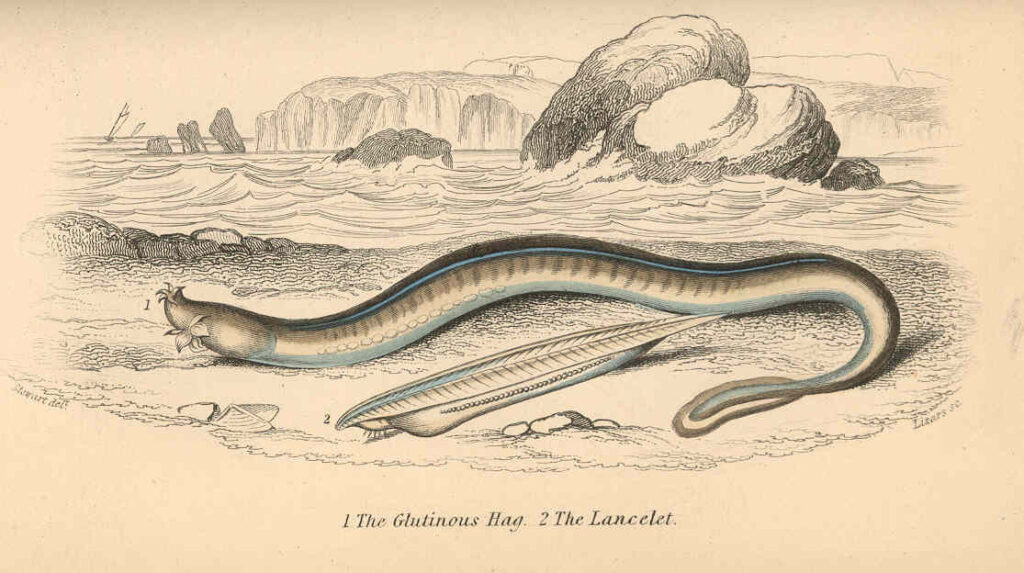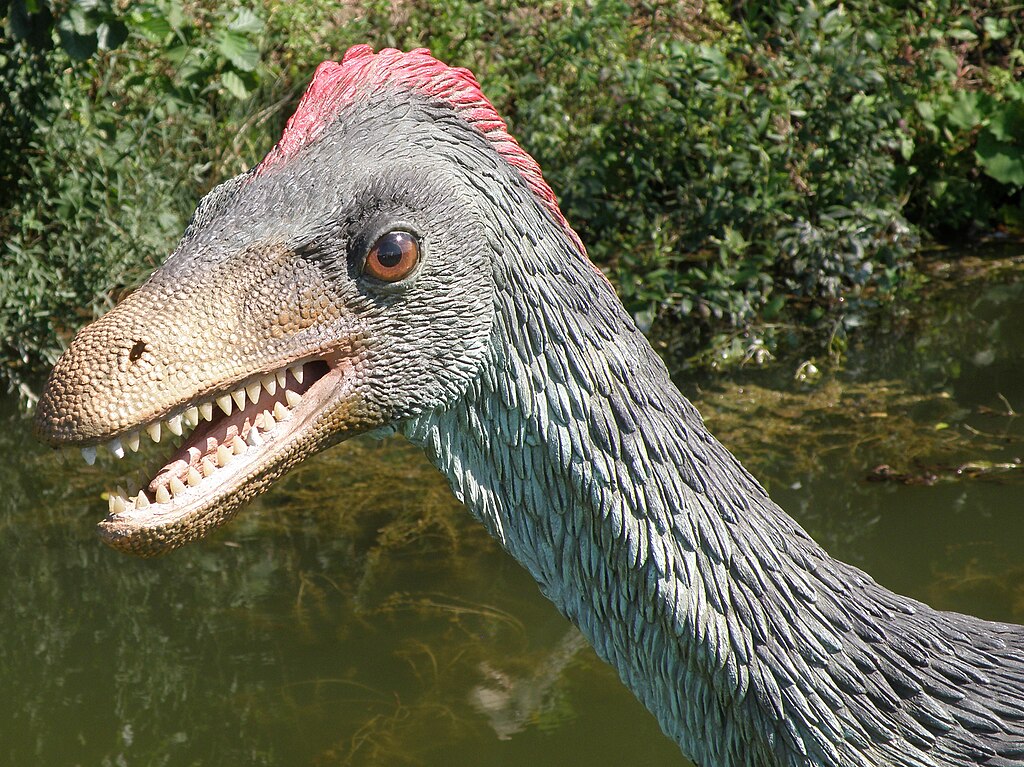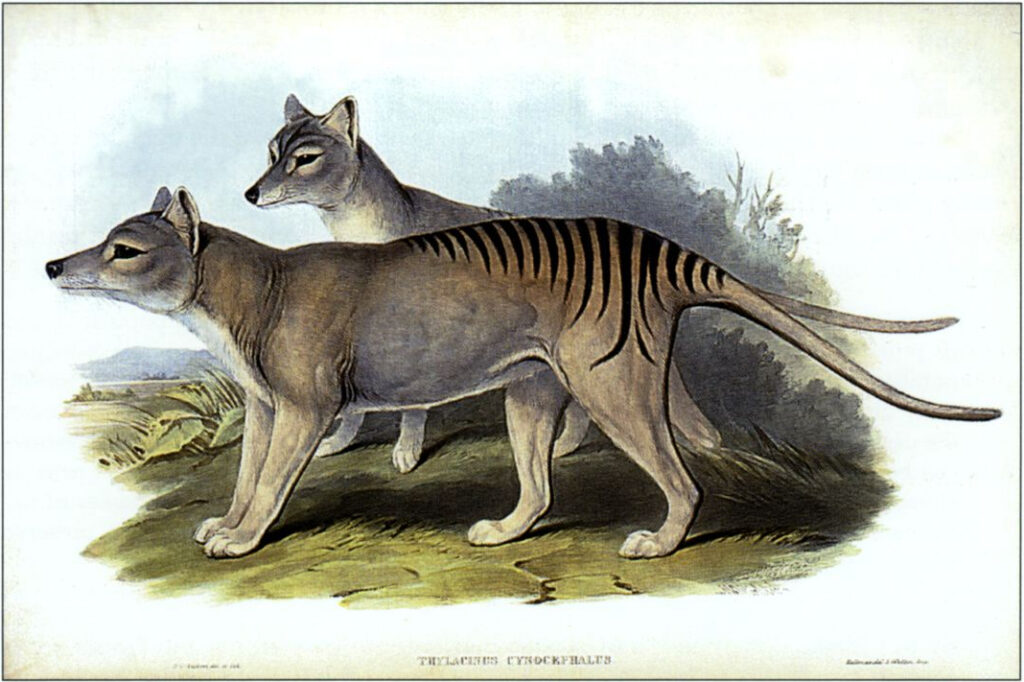Picture this: a massive whale carcass plummeting through the dark depths of the ocean, its journey ending with a thunderous impact on the seafloor miles below. What happens next might surprise you – this isn’t just the end of a marine giant’s story, but the beginning of an extraordinary underwater ecosystem that can thrive for decades. The ocean floor holds countless mysteries, and among them lies a fascinating question that has captivated marine biologists for years: do modern fish actually make their homes inside the bones scattered across the seafloor?
The Mysterious World of Whale Falls
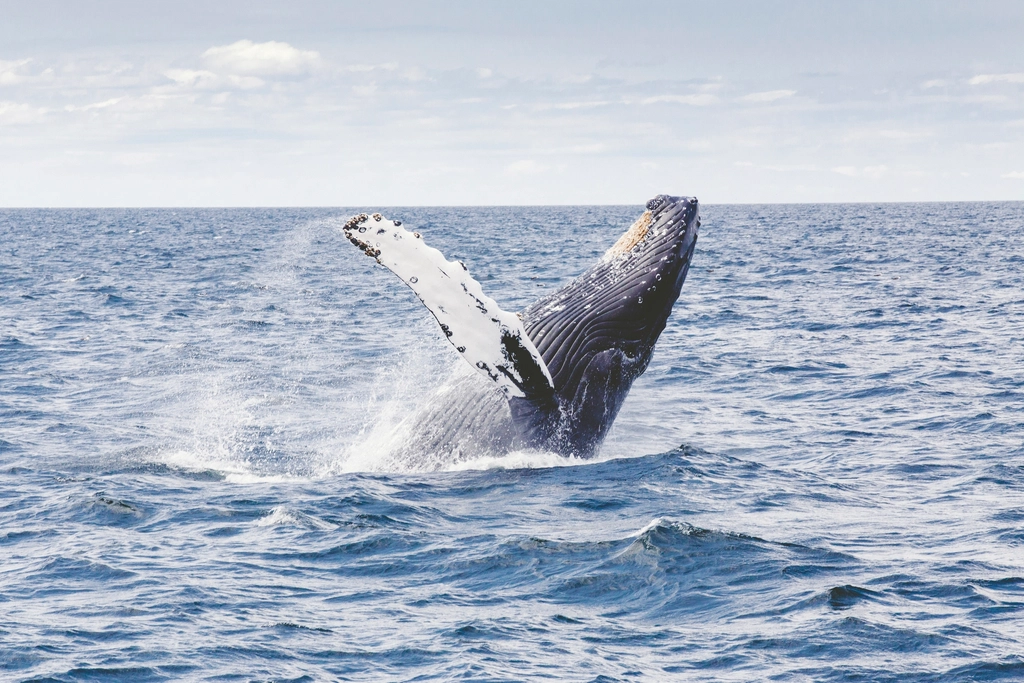
When a whale dies and sinks to the ocean floor, it creates what scientists call a “whale fall” – one of the most remarkable phenomena in marine biology. These massive carcasses don’t simply decay and disappear; they transform into bustling underwater oases that support entire communities of marine life for decades.
The decomposition process happens in stages, each attracting different species of scavengers and settlers. First come the mobile scavengers like sixgill sharks and hagfish, followed by smaller creatures that strip away the remaining soft tissue. What’s left behind is a skeleton that becomes the foundation for an entirely new ecosystem.
Bone-Dwelling Fish: Fact or Fiction?
The short answer is yes – several species of modern fish do indeed live inside bones on the seafloor, though perhaps not in the way you might imagine. These aren’t fish boring tunnels through solid bone like underwater termites, but rather species that have evolved to take advantage of the unique shelter and feeding opportunities that bone structures provide.
The most famous example is the bone-eating worm Osedax, though it’s not technically a fish. However, various fish species have been observed using whale bones as protective shelters, breeding grounds, and hunting territories. The hollow spaces within decomposing bones create perfect hideouts for smaller fish species.
The Cusk Eel: Master of Bone Cavities
Among the most remarkable bone-dwelling fish is the cusk eel, a serpentine creature that has mastered the art of living in tight spaces. These eels are frequently found curled up inside the hollow cavities of whale vertebrae and skull bones, sometimes multiple individuals sharing the same bony chamber.
Cusk eels don’t just use bones as temporary shelters – they often establish permanent residence, emerging only to hunt for small crustaceans and worms. Their flexible bodies allow them to navigate through narrow openings and twisted passages within the bone structure with remarkable ease.
Deep-Sea Cod and Their Bone Fortresses
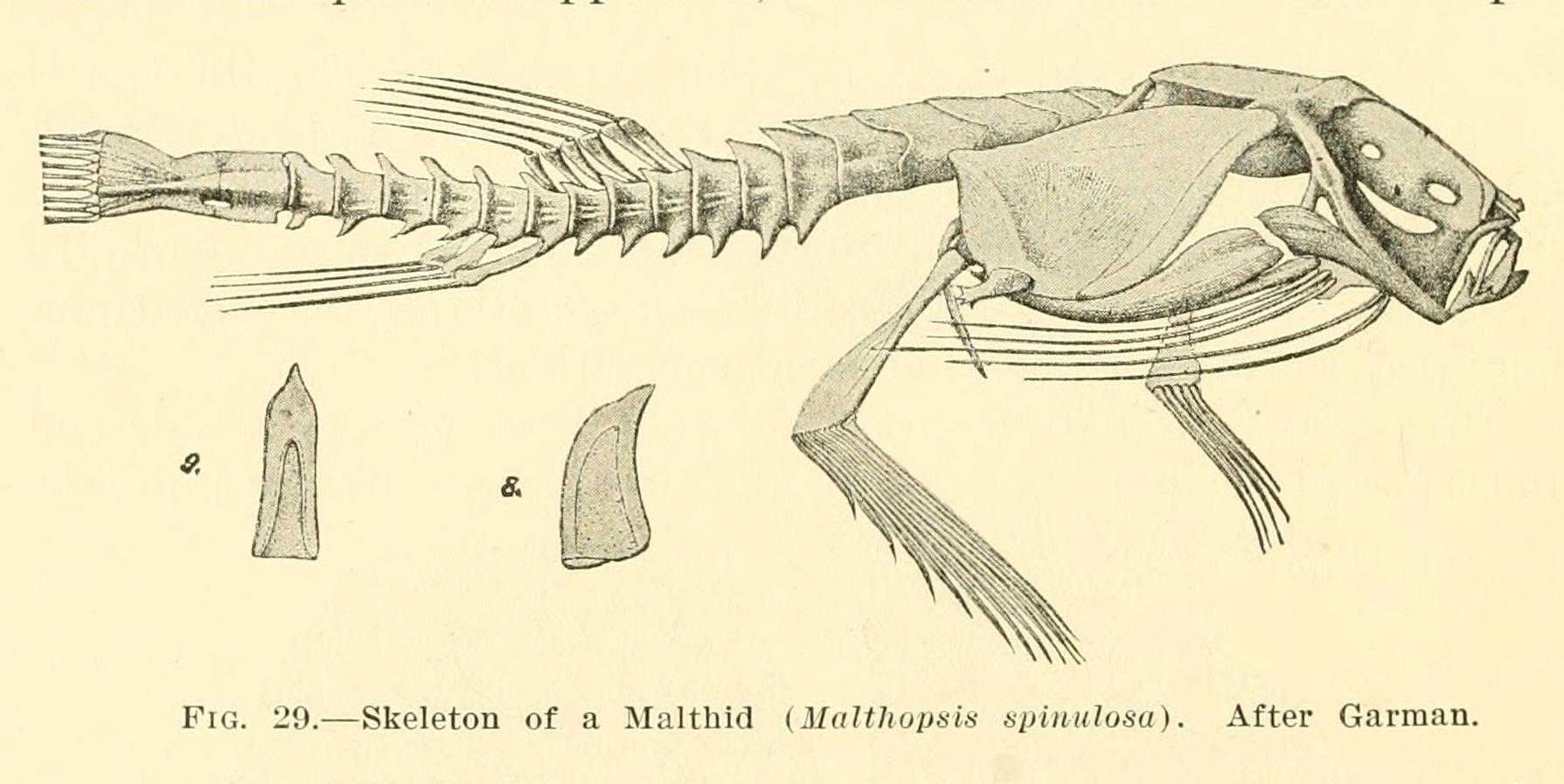
Several species of deep-sea cod have been documented using large whale bones as protective fortresses. These fish don’t necessarily live inside the bones themselves, but they establish territories around bone structures, using the massive ribs and skull fragments as windbreaks against deep-sea currents.
The cod benefit from the rich ecosystem that develops around whale falls, feeding on the abundant invertebrates that colonize the bones. Some species have been observed defending their bone territories aggressively, treating the skeletal remains as valuable real estate in the barren deep-sea environment.
Juvenile Fish and Bone Nurseries
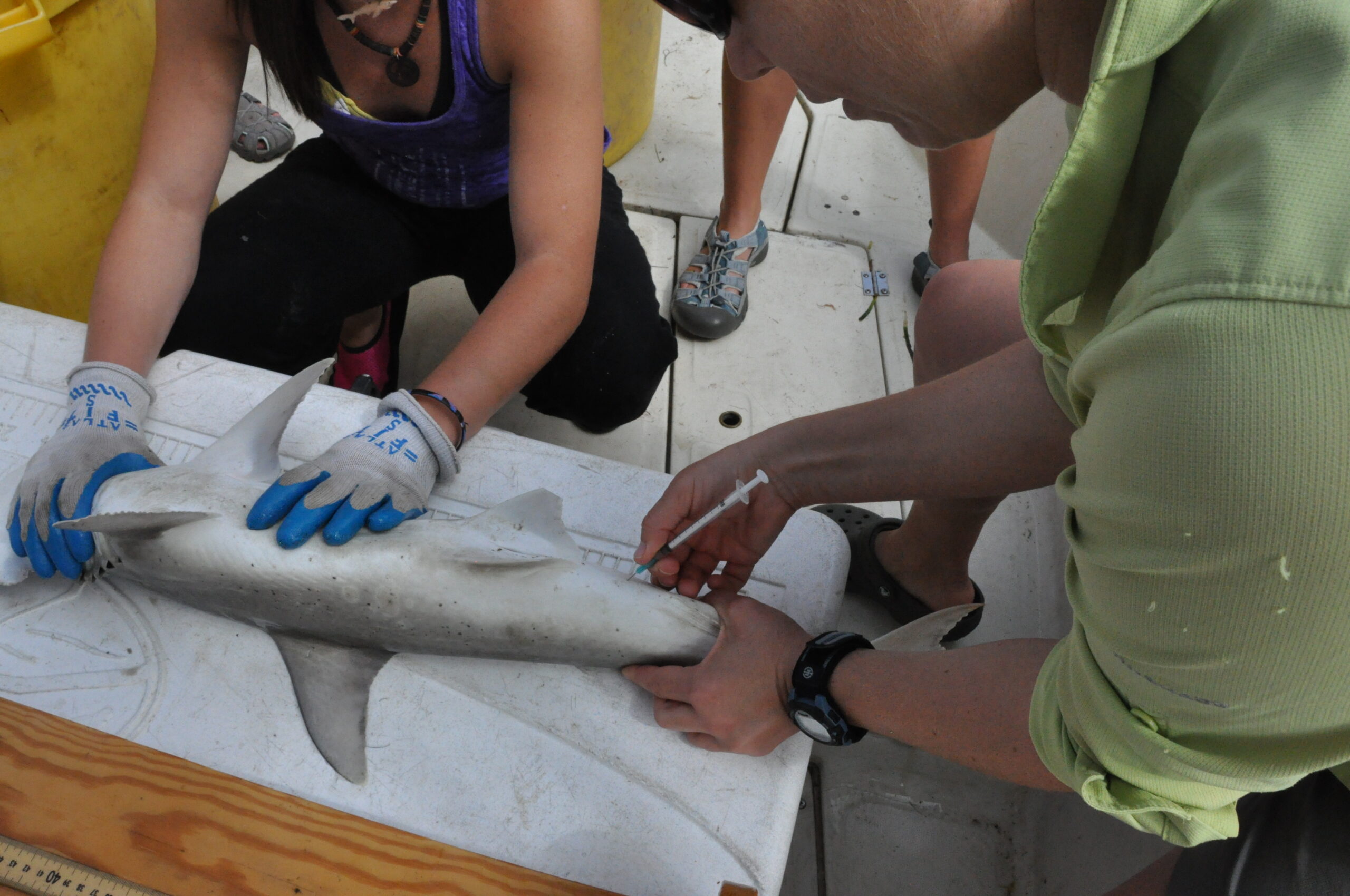
One of the most heartwarming aspects of bone-dwelling behavior is how juvenile fish use these structures as nurseries. Young fish, particularly those of deep-sea species, are extremely vulnerable to predators in the open ocean. Whale bones provide crucial protection during their most defenseless life stages.
Scientists have documented dozens of juvenile fish species sheltering inside bone cavities, from tiny lanternfish to young rattails. The bones act like underwater apartment buildings, with different species occupying different “floors” based on their size and specific needs.
The Slickhead Fish: Bone Interior Specialists
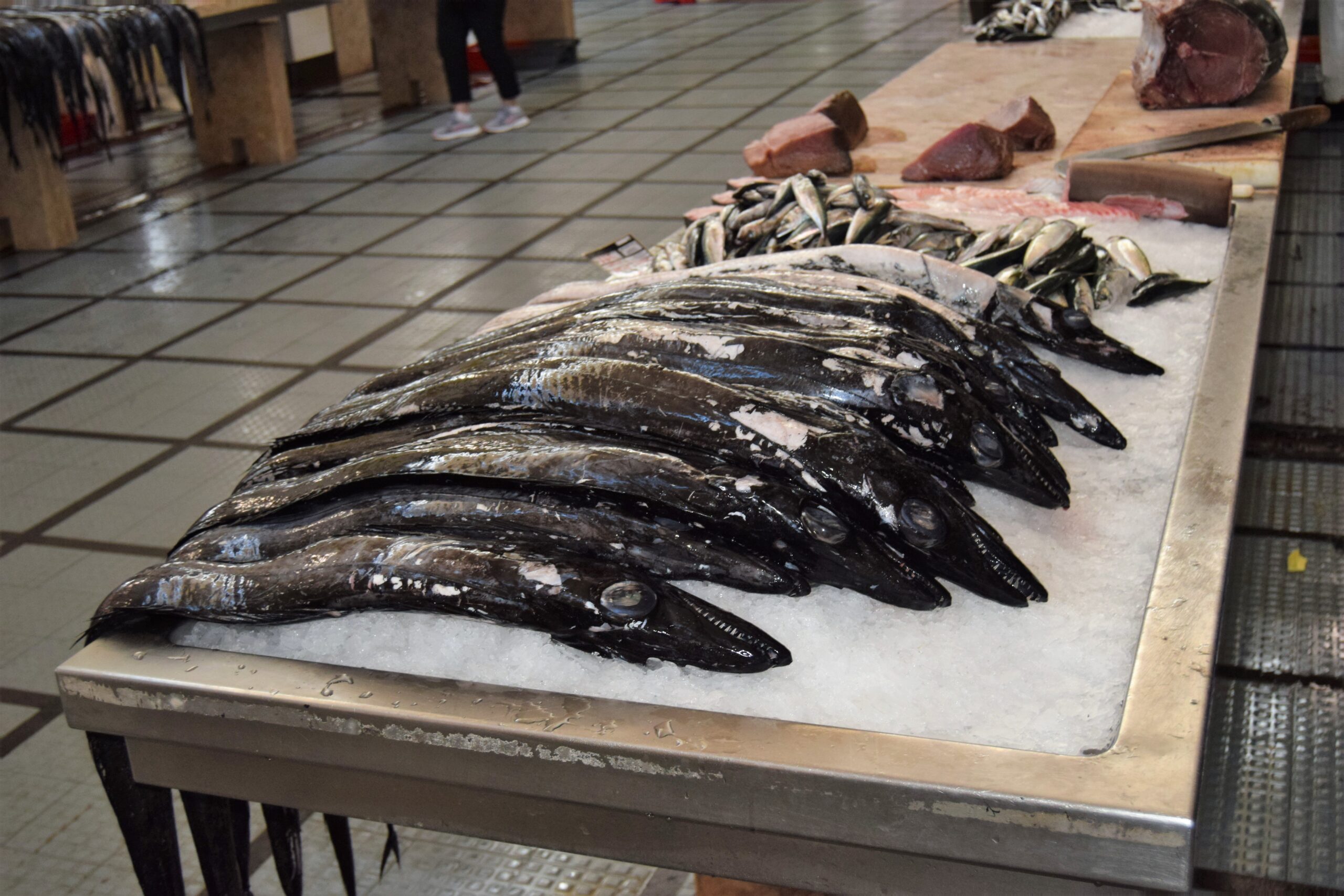
Slickhead fish, also known as nakedheads, are another group that has developed a particular affinity for bone interiors. These small, elongated fish are perfectly adapted for life in confined spaces, with their streamlined bodies and reduced fin structures allowing them to navigate through the complex internal architecture of whale bones.
What makes slickheads particularly interesting is their feeding strategy within bones. They consume the bacterial mats and small organisms that grow on the inner surfaces of decomposing bones, essentially farming their food source while living rent-free in their bony homes.
Snailfish: The Bone Cavity Acrobats
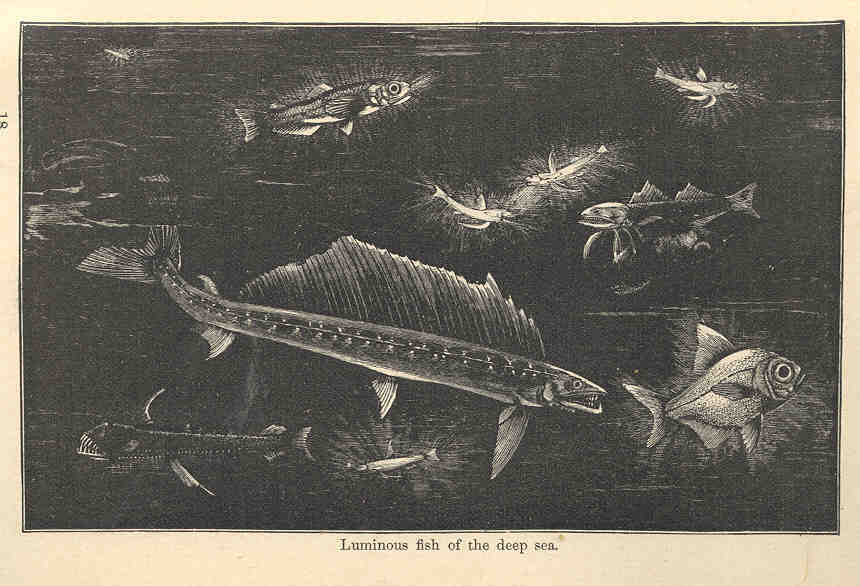
Snailfish are perhaps the most acrobatic of the bone-dwelling fish species. These gelatinous, tadpole-like creatures can contort their bodies into seemingly impossible shapes, allowing them to squeeze through the tiniest openings in whale bones. Their lack of scales and extremely flexible skeletons make them ideal for this lifestyle.
Some snailfish species have been observed living in groups within large bone cavities, creating social structures that are rarely seen in deep-sea environments. They communicate through subtle body movements and chemical signals, coordinating their activities within their bony homes.
The Role of Bone Chemistry in Fish Habitation
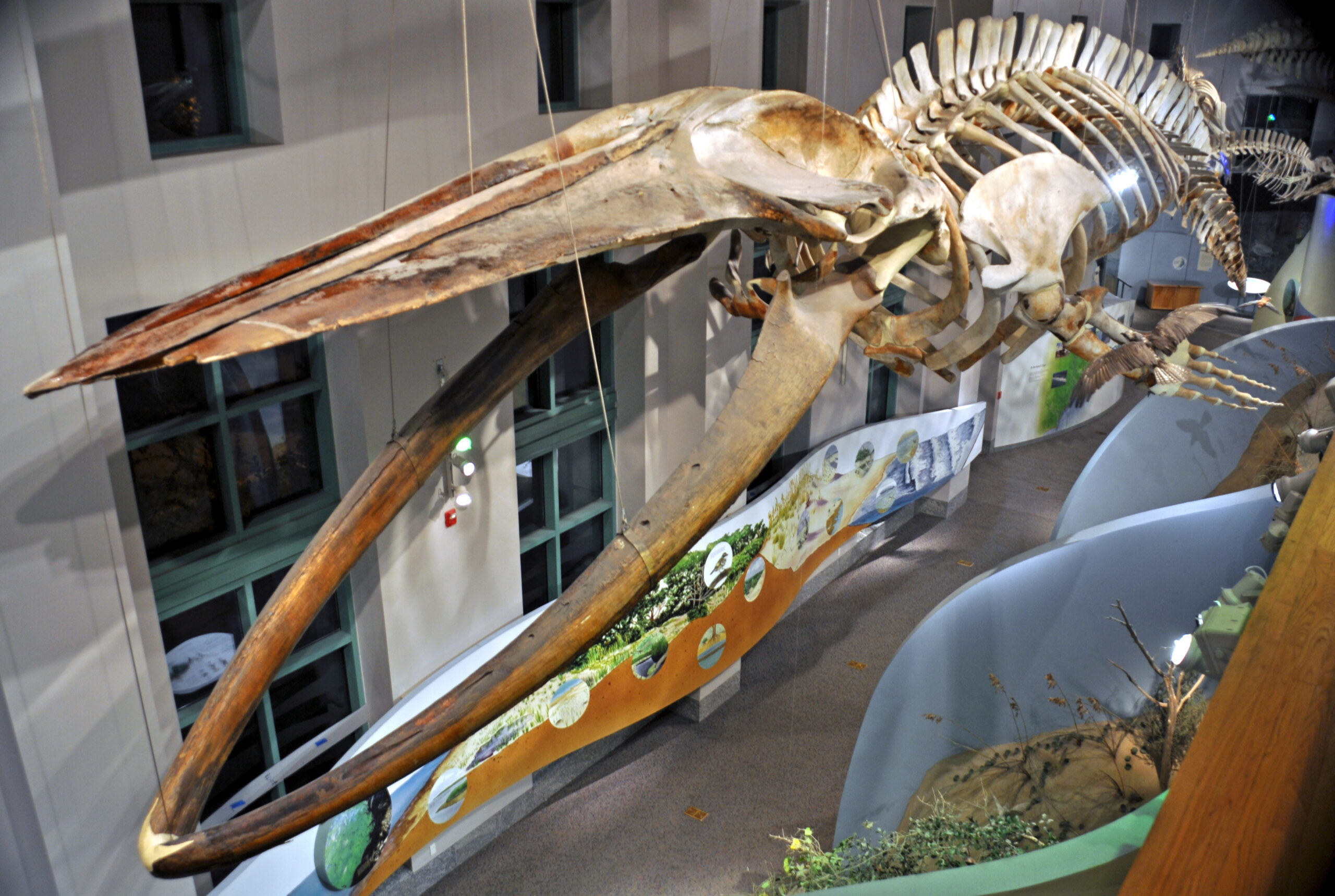
The chemistry of decomposing bones plays a crucial role in attracting fish species. As whale bones break down, they release various compounds that create unique microenvironments. Some fish are specifically attracted to the sulfur compounds released during bone decomposition, while others seek out the calcium-rich environment.
The changing chemical composition of bones over time means that different fish species move in and out of bone habitats as conditions evolve. This creates a dynamic ecosystem where the fish community changes dramatically over the years and decades following a whale fall.
Hagfish: The Bone Tunnelers
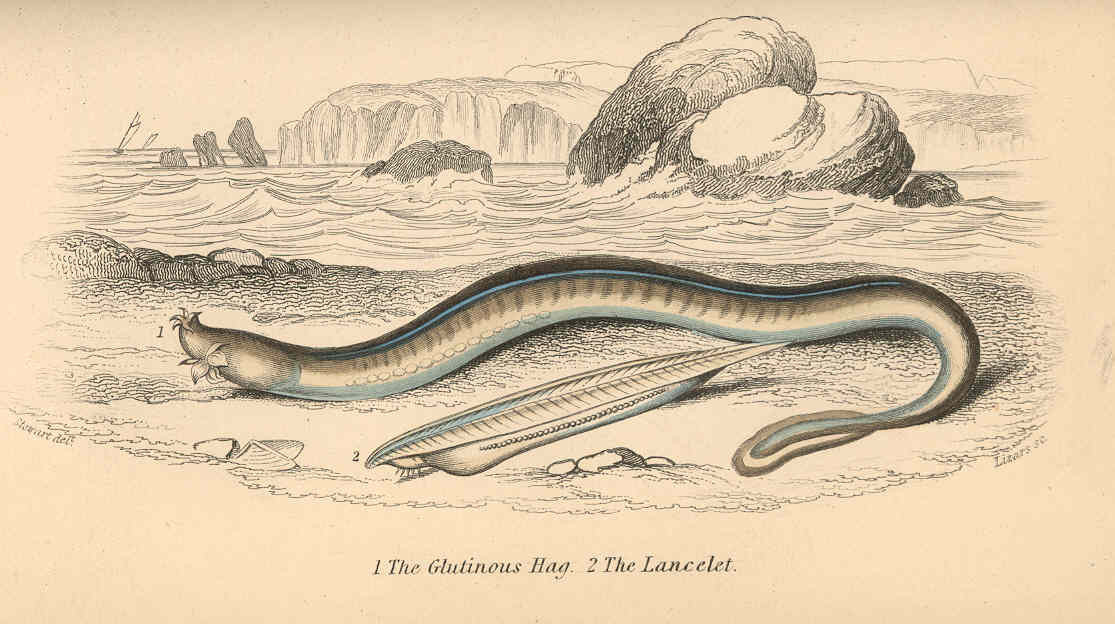
While not technically fish in the traditional sense, hagfish are often included in discussions of bone-dwelling marine life. These primitive vertebrates are capable of actually boring through softer bone material, creating tunnels and chambers that other fish species later occupy.
Hagfish play a crucial role as ecosystem engineers, modifying the bone structure in ways that make it more suitable for other species. Their tunneling activity increases the surface area available for bacterial colonization and creates new pathways for smaller fish to access the bone interior.
Environmental Factors Affecting Bone Habitation
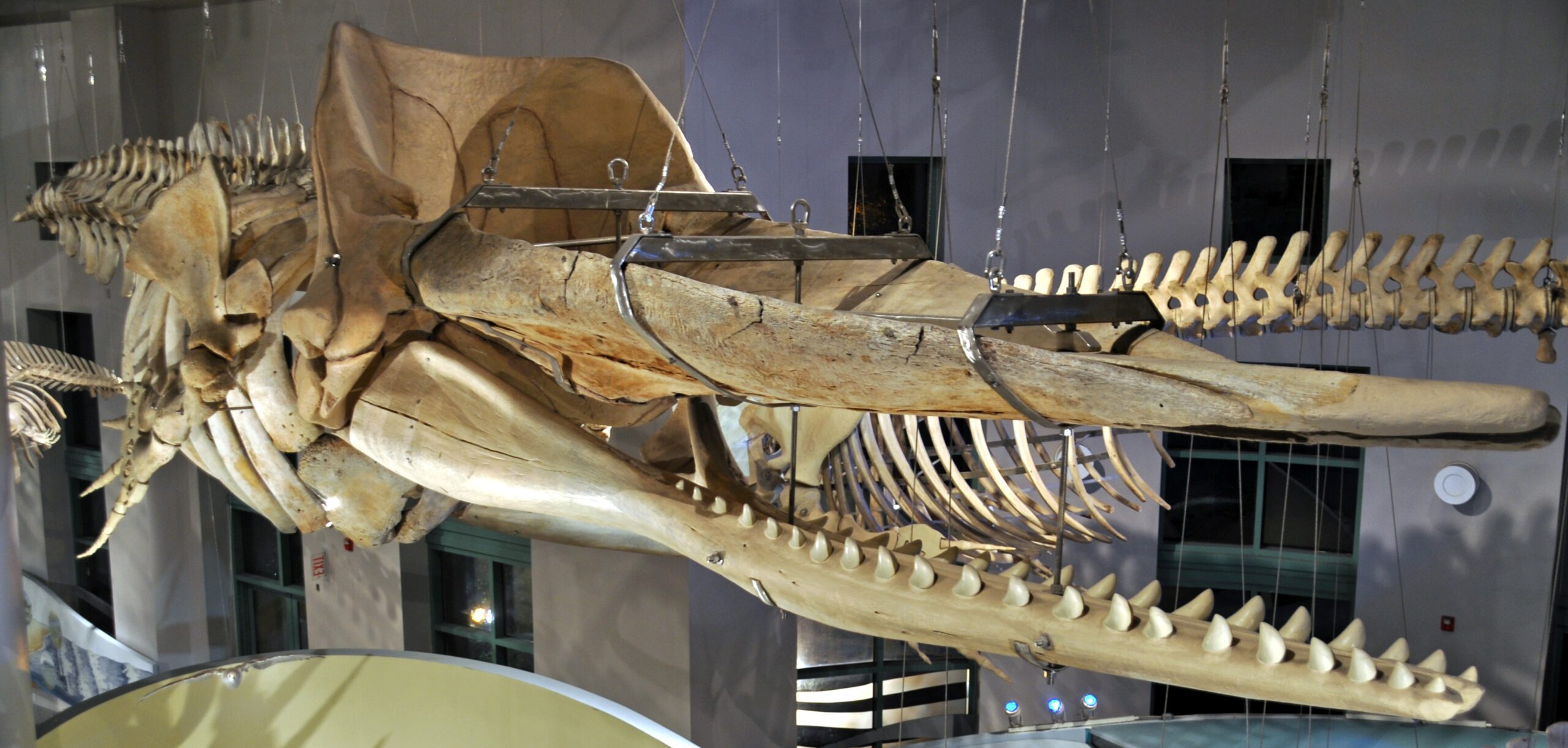
The success of fish habitation in seafloor bones depends on several environmental factors. Water temperature, oxygen levels, and current strength all influence which species can survive in bone environments. In deeper, colder waters, the decomposition process slows down, allowing bone structures to persist longer and support more diverse communities.
Pressure also plays a significant role – the extreme pressures of the deep sea can actually help preserve bone structures by slowing bacterial decomposition. This creates more stable, long-lasting habitats for fish species that have adapted to these extreme conditions.
Feeding Strategies of Bone-Dwelling Fish
Fish that live inside bones have developed unique feeding strategies to take advantage of their unusual habitat. Some species feed on the bacterial mats that coat the inner surfaces of bones, while others hunt for small invertebrates that colonize the bone structure. The confined space of bone cavities can actually make hunting more efficient, as prey has fewer escape routes.
Many bone-dwelling fish have evolved specialized mouth structures and feeding behaviors adapted to their environment. Some have developed sucker-like mouths perfect for scraping bacteria off bone surfaces, while others have elongated jaws for reaching into narrow crevices.
Reproductive Behavior in Bone Environments
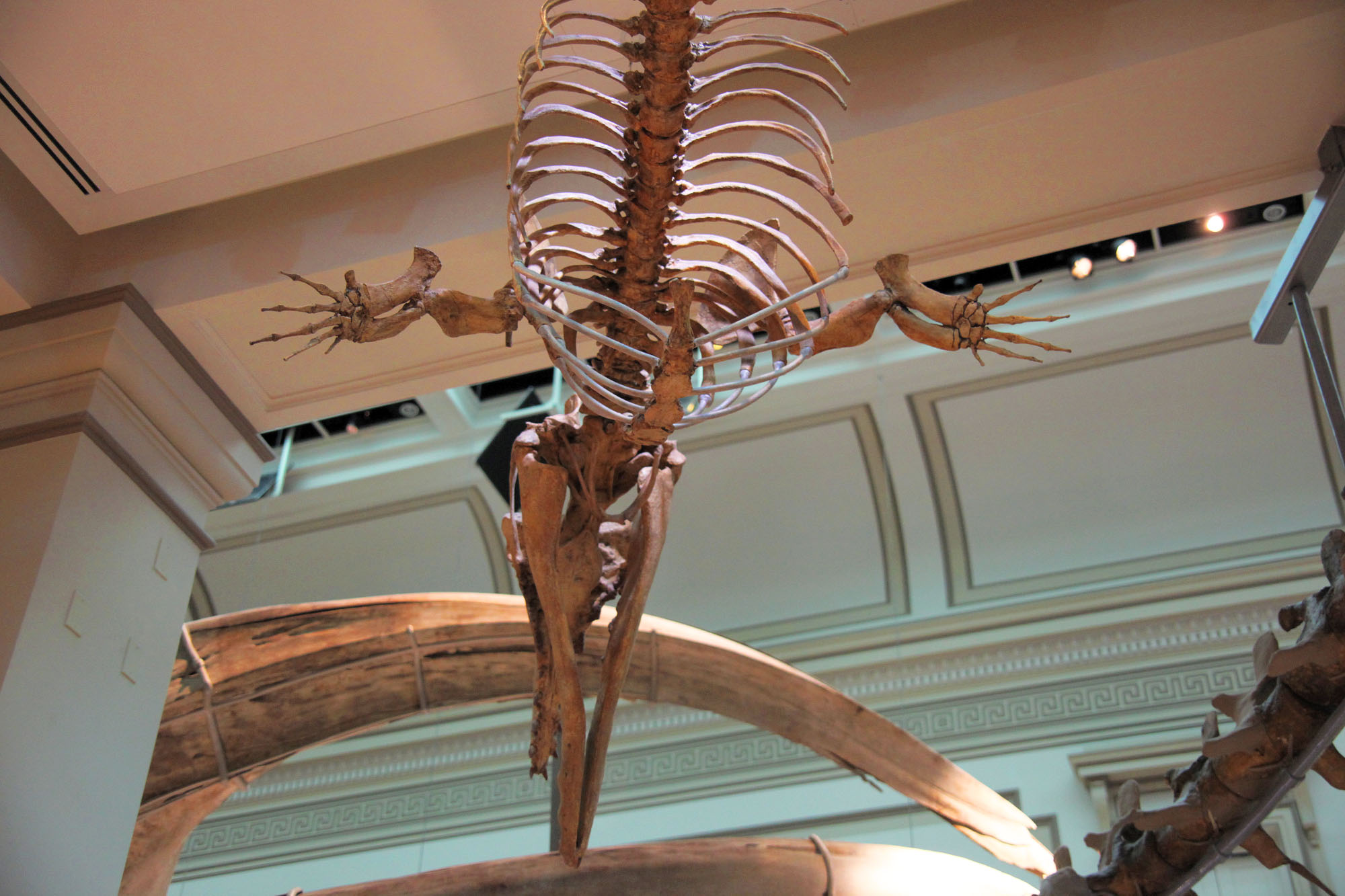
The protected environment inside whale bones provides an ideal setting for reproduction for many fish species. The stable temperature, reduced current flow, and protection from predators create perfect conditions for spawning and egg development. Some species have been observed using bone cavities as communal breeding areas, with multiple pairs sharing the same space.
The enclosed nature of bone habitats also allows for more complex courtship behaviors, as fish can engage in elaborate mating rituals without the interference of strong currents or the constant threat of predators that characterizes open-ocean environments.
Conservation Implications and Human Impact
The discovery of fish living inside seafloor bones has important implications for marine conservation. As whale populations continue to recover from historical whaling, the number of whale falls and their associated ecosystems is gradually increasing. However, deep-sea mining and other human activities threaten these unique habitats.
Understanding the importance of bone-dwelling fish communities helps scientists advocate for the protection of deep-sea environments. These ecosystems represent biodiversity hotspots in otherwise sparse deep-sea environments, and their loss could have cascading effects on marine food webs.
Future Research and Discoveries
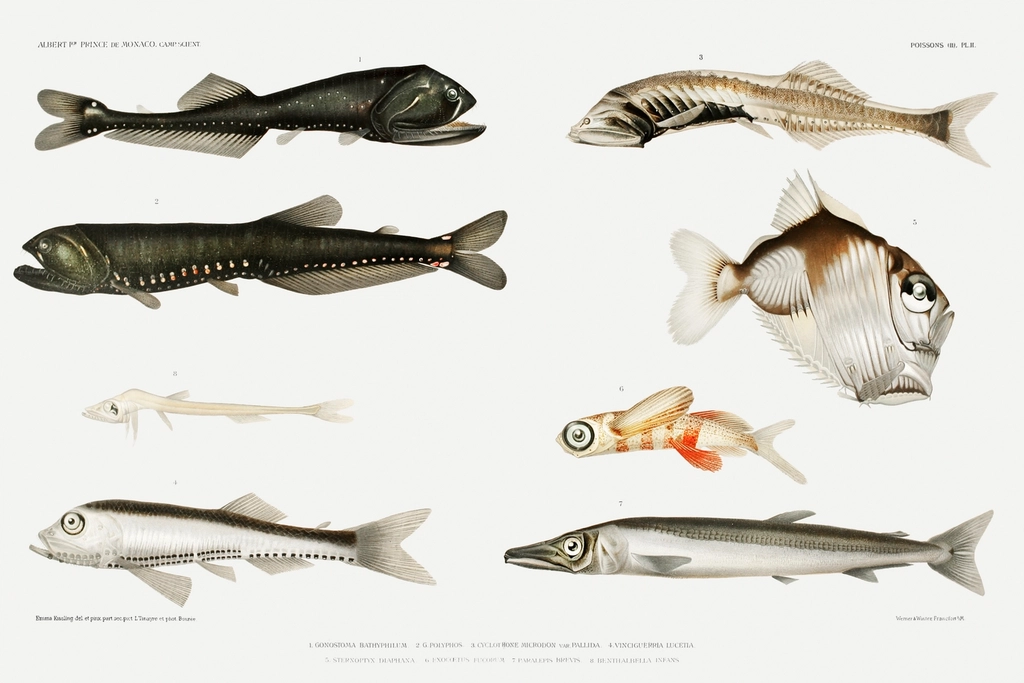
Scientists are only beginning to understand the full extent of fish life inside seafloor bones. New species are being discovered regularly, and advanced deep-sea exploration technology is revealing increasingly complex behaviors and adaptations. Genetic studies are showing that some bone-dwelling fish populations may be evolving into distinct species, isolated by their unique habitat requirements.
The field of bone-dwelling fish ecology is rapidly expanding, with researchers using innovative techniques like environmental DNA sampling and long-term monitoring stations to study these remote ecosystems. Each new discovery adds another piece to the puzzle of how life thrives in Earth’s most extreme environments.
The ocean floor’s bone-dwelling fish represent one of nature’s most remarkable adaptations to an extreme environment. These creatures have turned what might seem like a grim underwater graveyard into a thriving metropolis of marine life. From the serpentine cusk eels coiled within whale vertebrae to the acrobatic snailfish navigating through bone labyrinths, these fish have found ways to make the most of one of the ocean’s most unusual habitats. Their existence reminds us that life finds a way to flourish even in the most unexpected places, turning death into the foundation for new life. The next time you think about the deep ocean, remember these remarkable fish living their entire lives inside the bones of giants – isn’t it amazing how nature always finds a way to surprise us?

